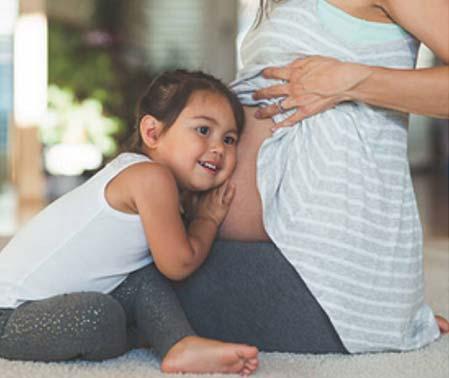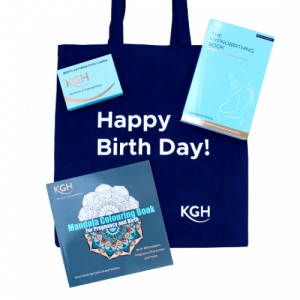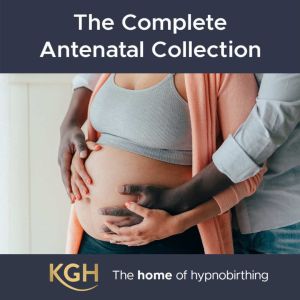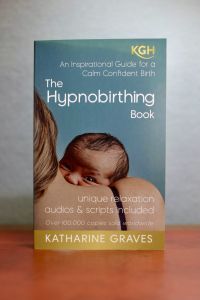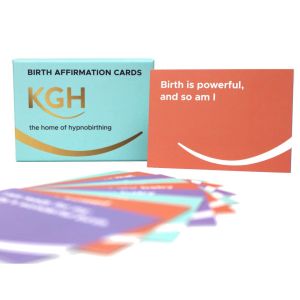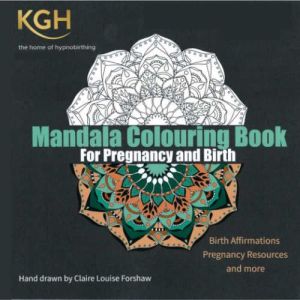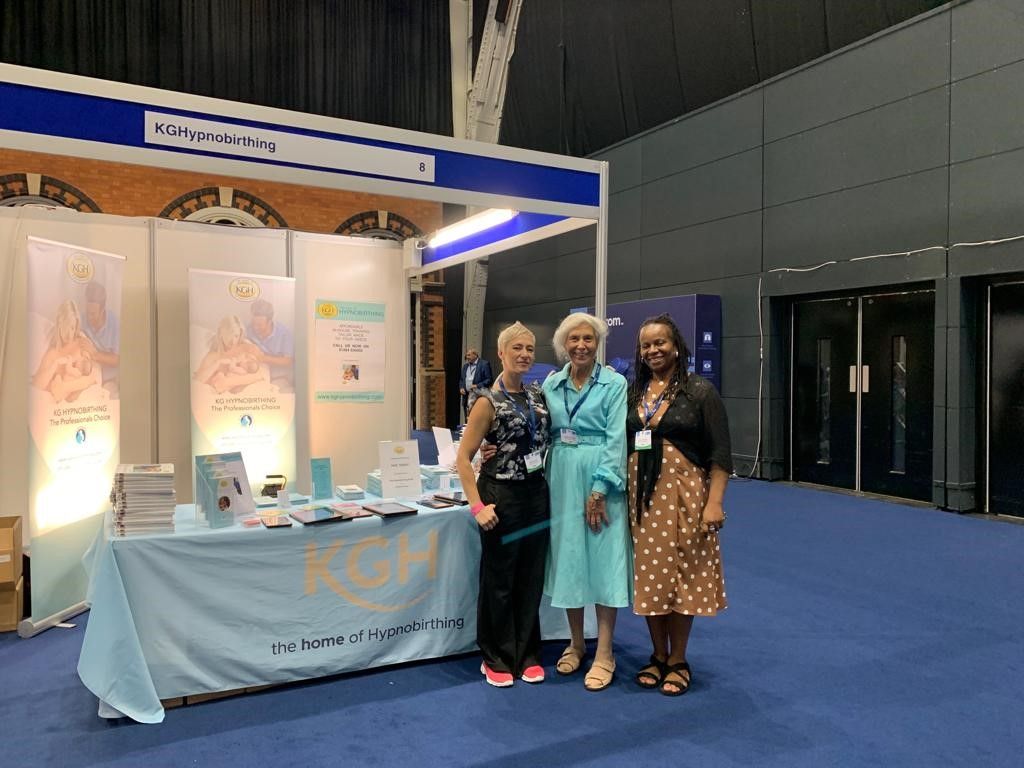
The Royal College of Midwives conference 2019 was, as ever, the biggest gathering of midwives of the year. This year it was in Manchester. I wondered why there were ten police vans parked outside and police on rooves, down manholes, everywhere. Surely midwives are not so very likely to be the object of a terror attack? Then I realised it was in preparation for the Conservative Party Conference in the same conference centre the following week!
The KGHypnobirthing stand in the exhibition was inundated with attention.
I was on the stand with Kemi Johnson and Kati Edwards who are both amazing ambassadors for KGHypnobirthing and two of our trainers. Sometimes there were 15 midwives around the stand wanting to find out about KGH and the attention went on all day.
Because of the interest we were not able to go to the conference sessions. The only one I went to was to hear Soo Downe and Sheena Byrom talk on the subject of Bringing Evidence into Practice. As you know, KGHypnobirthing is evidence based and logical and it was very encouraging to hear things being said that we have been teaching for years, said back to us. This is happening to me more and more.
We know that only 12% of obstetric practice is evidence based according to RCOG. This is not quite as bad as it sounds because there are some aspects of care which cannot be the subject of randomised controlled trials. The horror comes when procedures are adopted without any research and we could all quote many of these. Examples are scans, oasi, vitamin K, premature cord cutting, and the epidemic of induction of labour purely down to the length of pregnancy. Once a procedure is in the guidelines it is very difficult for it to be reversed.
An example of this is the tireless work that Amanda Burleigh and others have been doing to reverse premature cord clamping and cutting being the norm. She has given her career and been subjected to bullying and discrimination in her determination to have the guidelines changed for the benefit of women and babies. The NICE guidelines now advocate delayed cord clamping, which is a step in the right direction. Only when optimal cord clamping – waiting until all the blood from the placenta is back in the baby so the cord is white – is achieved, will be work be complete. This applies to babies who are born by caesarean operation as well as to vaginal births.
Wait for white, is the byword.
